
The FDA recently issued revised draft guidance to assist drug companies in developing treatments for early Alzheimer disease, focusing on diagnostic criteria, clinical staging, and outcome measures.

Isabella Ciccone, Associate Editor, NeurologyLive®, has been with the team since September 2022. Follow her on Twitter @iciccone7 or email her at [email protected]

The FDA recently issued revised draft guidance to assist drug companies in developing treatments for early Alzheimer disease, focusing on diagnostic criteria, clinical staging, and outcome measures.

New findings from a phase 1b/2a study showed that NodThera's NT-0796, an oral NLRP3 inflammasome inhibitor, reduced inflammatory biomarkers among patients with Parkinson disease.
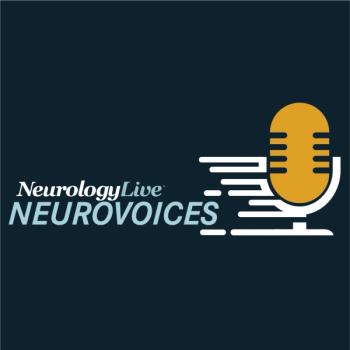
The national medical advisor for the Parkinson's Foundation discussed the importance of continuous and ‘spaced’ physical therapy for Parkinson disease, highlighting the underutilization of this approach.
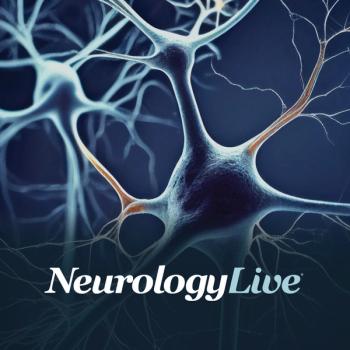
A recent analysis revealed a significant association between neuromyelitis optica spectrum disorder and connective tissue disease in patients diagnosed or suspected with Sjogren syndrome.

A recent study showed that a short self-screening questionnaire boasted high sensitivity and specificity for identifying psychosis among patients with Parkinson disease.

A meta-analysis on studies assessing FDA-approved dual orexin receptor antagonists for insomnia treatment highlighted a greater risk of adverse events, particularly for narcolepsy-like symptoms.

In recent news, the FDA has issued a complete response letter for Vanda Pharmaceuticals' tasimelteon for treating insomnia because of identified deficiencies and cannot be approved in its current form.
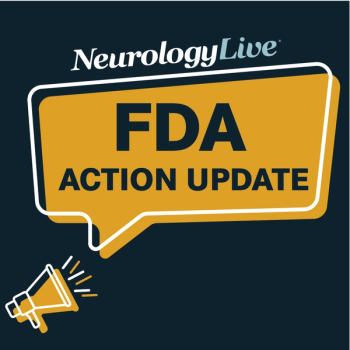
Catch up on any of the neurology news headlines you may have missed over the course of February 2024, compiled all into one place by the NeurologyLive® team.

New data from the phase 3b ENHANCE trial presented at ACTRIMS Forum 2024 demonstrated the smooth transition from intravenous anti-CD20 therapy to ublituximab in patients with multiple sclerosis.

Findings from the recent phase 3b SMART trial affirm the safety and efficacy of intravenous onasemnogene abeparvovec (Zolgensma; Novartis) in spinal muscular atrophy when patient weights range from 8.5 kg to 21 kg.

A machine learning model applied to real-world data in a multiple sclerosis study increased patient inclusion for future real-world studies on assessing patient outcomes and disability progression.

A recent study presented at MDA 2024 highlighted the evolving respiratory patterns in pediatric patients with Duchenne muscular dystrophy, offering crucial insights for effective respiratory management in this patient population.
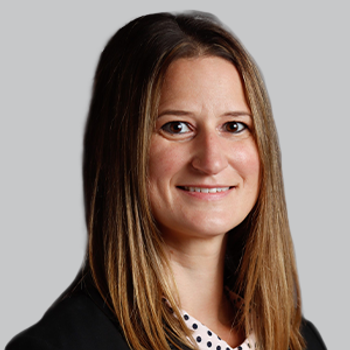
A recent analysis of data from the US National Registry presented at MDA 2024 revealed gender disparities in pediatric-onset facioscapulohumeral muscular dystrophy, with girls experiencing more severe outcomes.

A case series presented at the MDA 2024 revealed that ravulizumab infusion intervals show promise in stabilizing symptoms and reducing exacerbations in patients with generalized myasthenia gravis.

A recent study presented at MDA 2024 suggests that preoperative use of disease-modifying agents for patients with spinal muscular atrophy leads to less severe postoperative complications following scoliosis surgery.

In a recent phase 2 trial analysis of viltolarsen presented at MDA 2024, findings showed improvement in forced vital capacity compared with standard care in patients with Duchenne muscular dystrophy.

A new meta analysis of 3 studies presented at MDA 2024 revealed that ataluren significantly slowed the decline in muscle function for patients with nonsense mutation Duchenne muscular dystrophy.

A recent post hoc analysis of the phase 3 EPIDYS trial presented at MDA 2024 revealed significant positive outcomes with givinostat, a histone deacetylase inhibitor, among patients with Duchenne muscular dystrophy.

A new analysis of phase 3 MOVE-FA trial presented at MDA 2024 revealed promising outcomes for vatiquinone, an oral 15-lipoxygenase inhibitor, in patients with Friedreich ataxia.

Catch up on any of the neurology news headlines you may have missed over the course of March 2024, compiled all into one place by the NeurologyLive® team.

A recent study presented at the 2024 ACTRIMS Forum suggests that increased aerobic glycolysis in normal appearing white matter may be an early feature of multiple sclerosis.

New data from the TRAP-MS trial showed clemastine fumarate's association with increased disability accumulation in cases of non-lesional multiple sclerosis.

A recent study presented the 2024 ACTRIMS Forum showed that a subset of CD8+ T cells preferentially expanded in the cerebrospinal fluid of patients with multiple sclerosis.

A recent study presented at the 2024 ACTRIMS Forum revealed the association between paramagnetic rim lesions and subsequent cognitive decline in patients with multiple sclerosis.

New findings from a study presented at the 2024 ACTRIMS Forum revealed an increase in epigenetic age acceleration among a subgroup of patients with multiple sclerosis.

A new study showed that NLRX1, a mitochondrial innate immune sensor, may serve as a promising therapeutic target to prevent inflammatory neurodegeneration in multiple sclerosis.

A recent study presented at 2024 ACTRIMS Forum showed that body mass index may influence disease progression in patients with multiple sclerosis.

Long-term data from the phase 3 DAYBREAK trial affirmed sustained efficacy of ozanimod for relapsing forms of multiple sclerosis, with a high amount of patients who were relapse-free at 6 years.
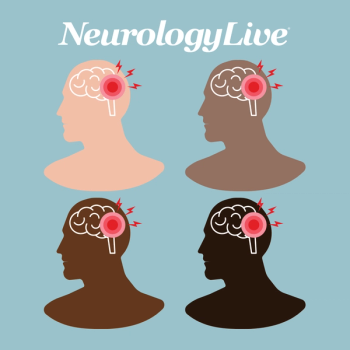
Experts in stroke care expressed a need for significant increases in awareness of stroke risk factors and symptoms in patient communities that experience racial disparities.

As part of our monthly clinician spotlight, NeurologyLive® highlighted sleep medicine and epilepsy expert Nancy Foldvary-Schaefer, DO, MS, director of the Sleep Disorders Center and staff in the Epilepsy Center at Cleveland Clinic.